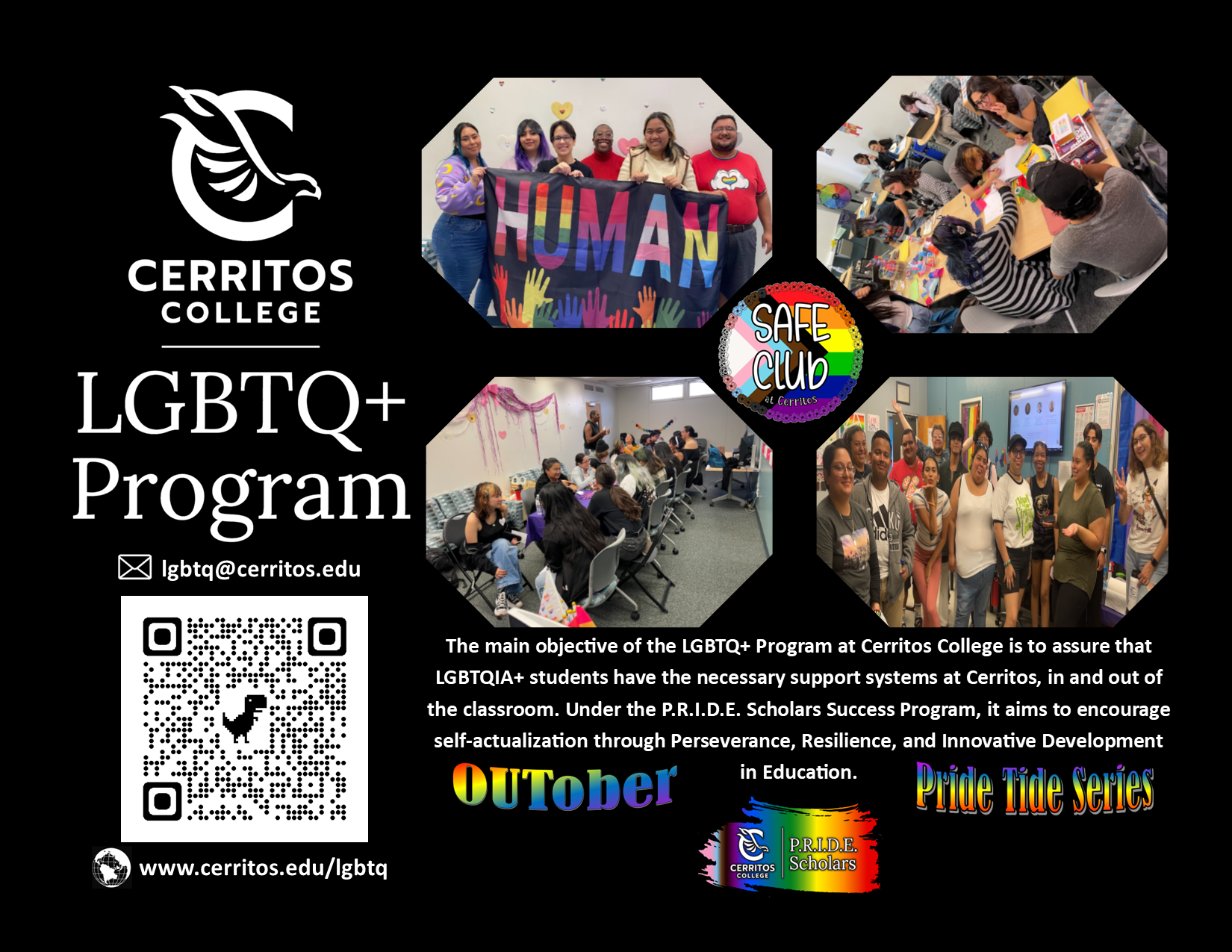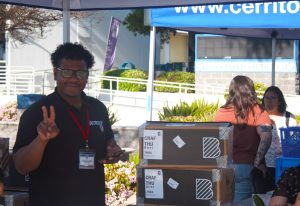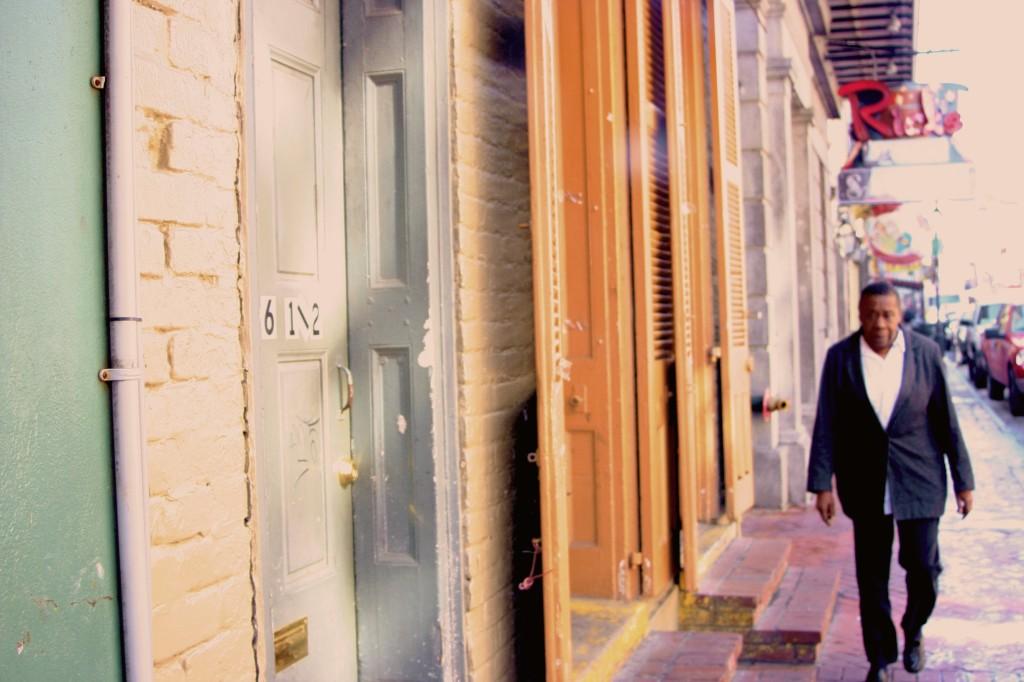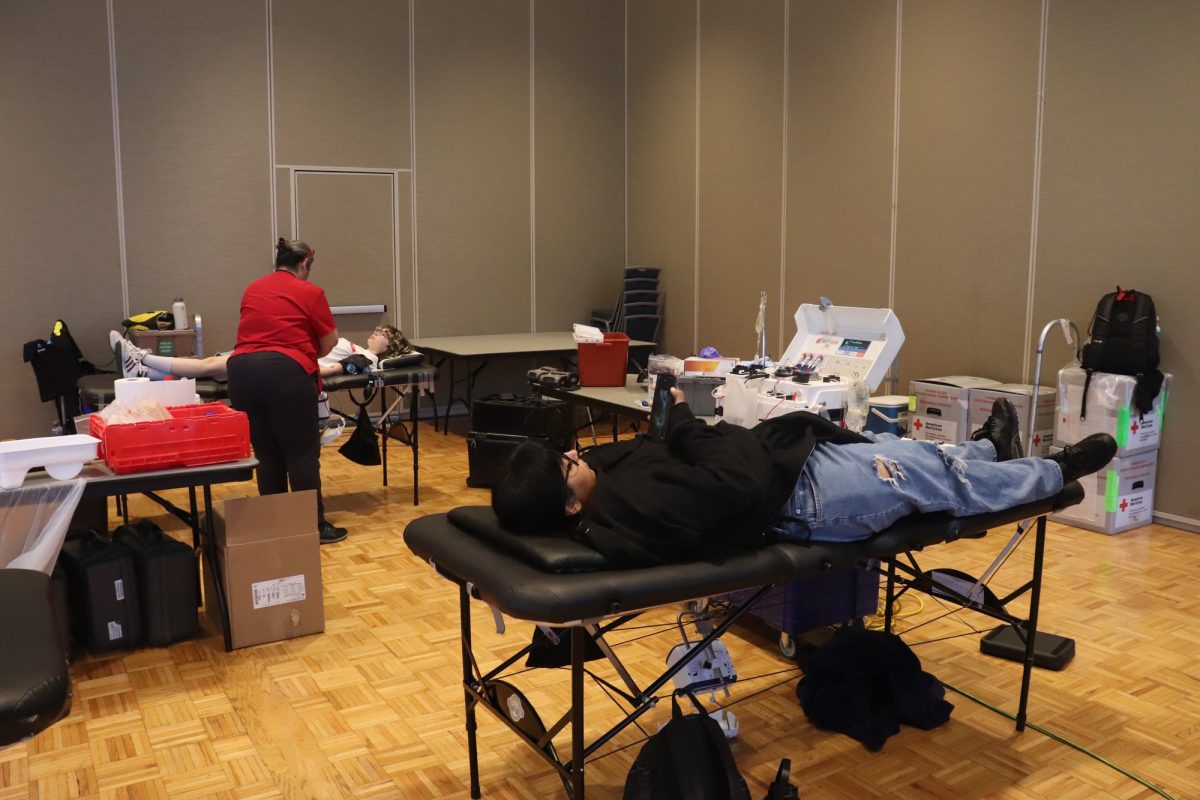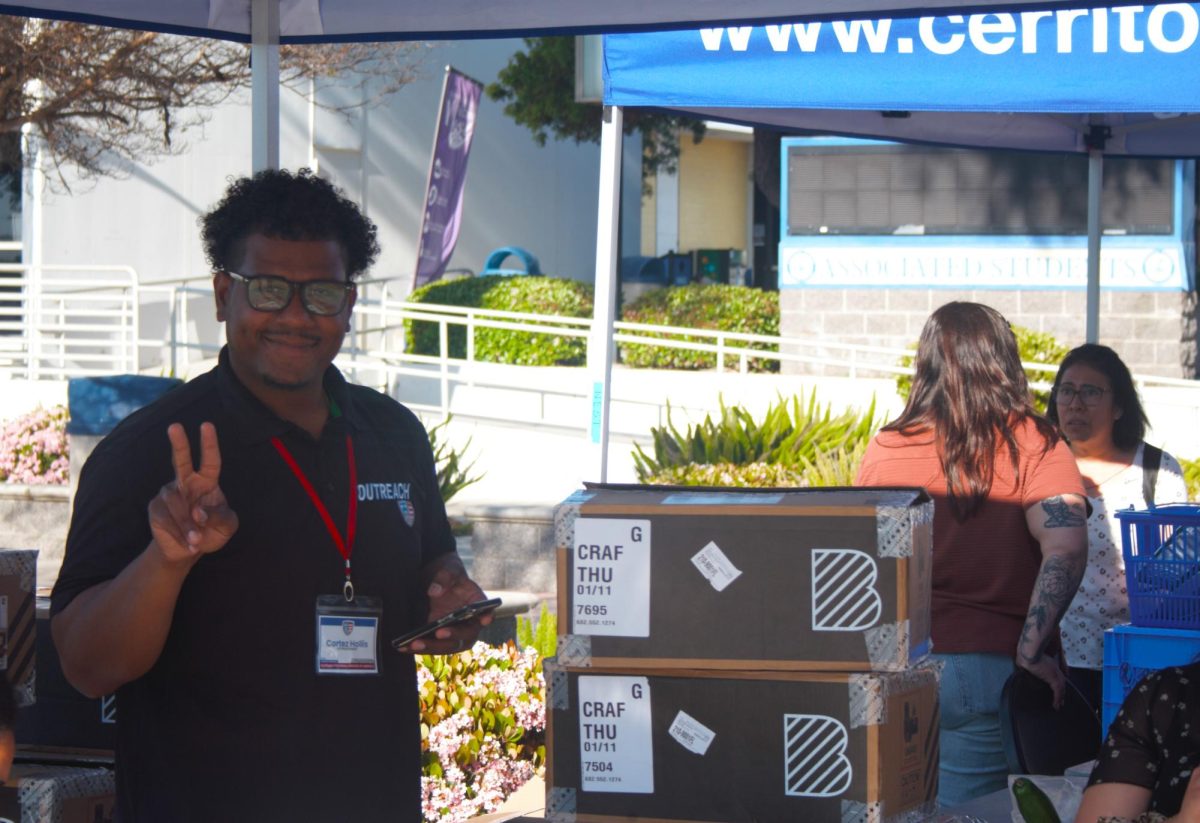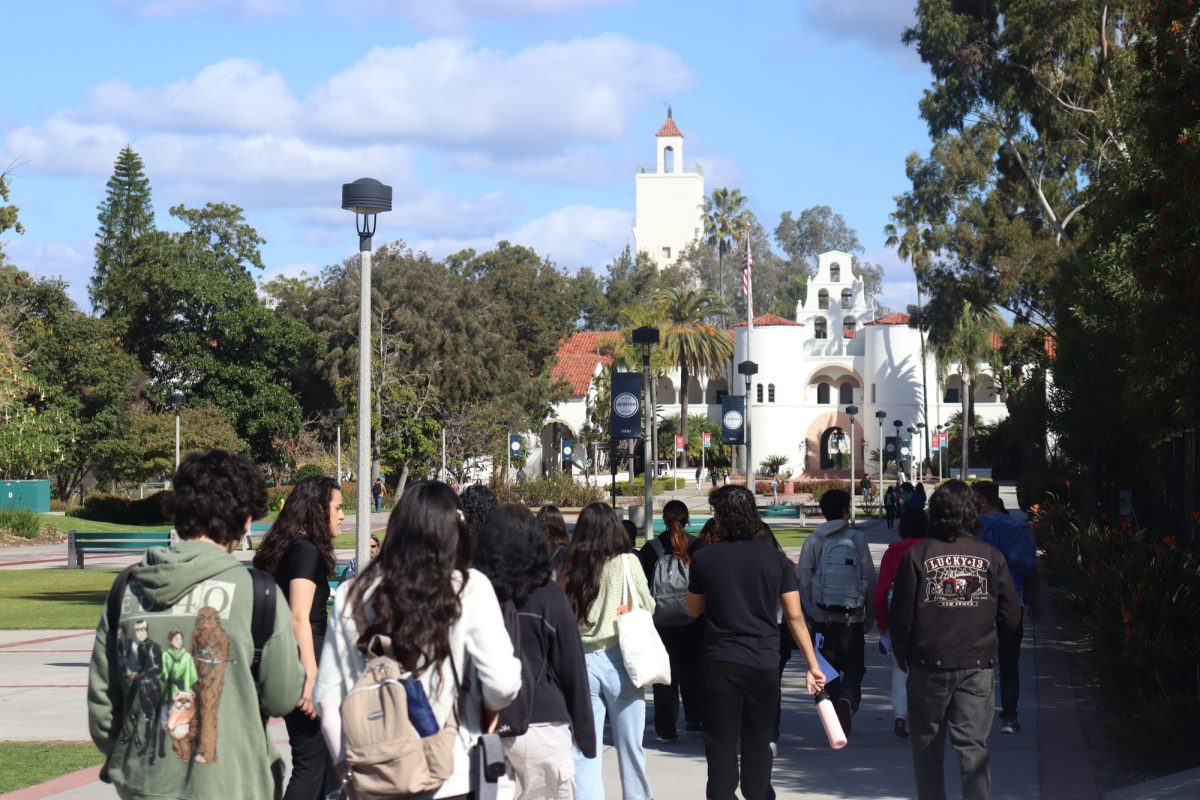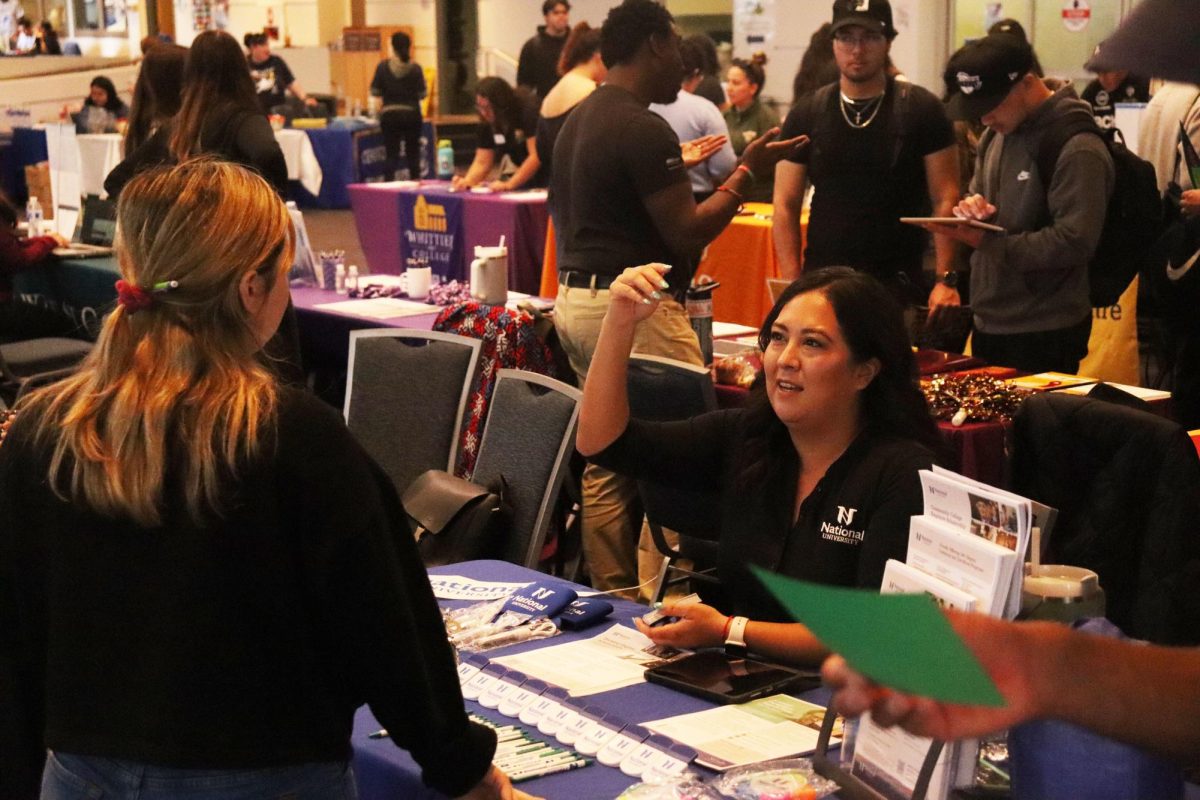“I’m too young to retire, but I’m too old to get hired, I had to come back.”
Hudson took refuge in Leak City, Texas, about 40 miles south of Houston. Coming back two months after the Hurricane, he found his house completely empty.
“I was working with FEMA out there, some of the images I was seeing on TV just broke my heart, I’ve been working out here for 42 years, this was my home, my friends and my city.”
While Hudson came back to the city in November 2005,it was not until May 2006 that he was able to live in the city with any sense of normality with over 80 percent of the city still flooded.
After Katrina, the city’s unemployment rate jumped to 13 percent. Many attribute this to many people not coming back. Less then one-third of residents were even receiving mail.
“Til’ this day I still don’t know what happened to some of my friends. I guess, I won’t ever find out,” said Hudson.
Nearly five years later, and countless relief efforts to get the city not only back on track, but also in a better place then pre Katrina New Orleans are encompasing the Crescent City. Tim Barfield, executive director of the Louisiana Workforce Commission, believes things are looking up for the city.
“Our state as a whole has been outperforming the nation for some time. Big parts of our state are among the best places in the country to find work,” Barfield said.
The New Orleans-Metairie-Kenner area had the lowest unemployment rate in March among the nation’s largest metro areas, according to the U.S. Labor Department posting just a 5.3 percent unemployment rate.
Joey Maher, a lifelong resident of New Orleans said, “I think the city has a lot of issues to deal with but, we’re getting there, slowly but surely, we will get there.”

